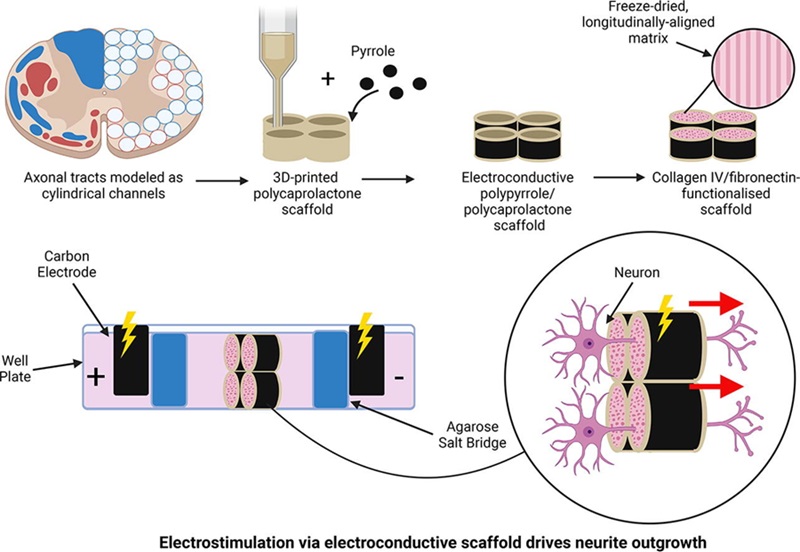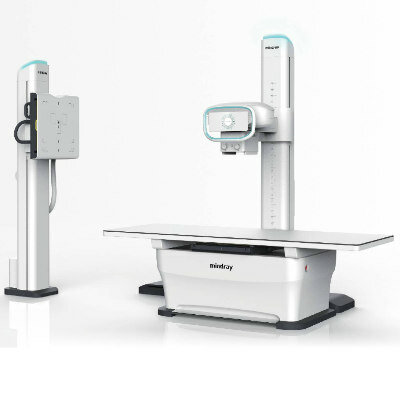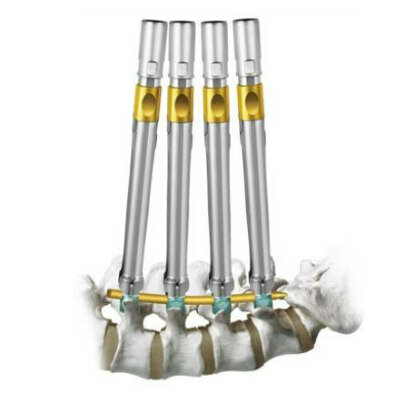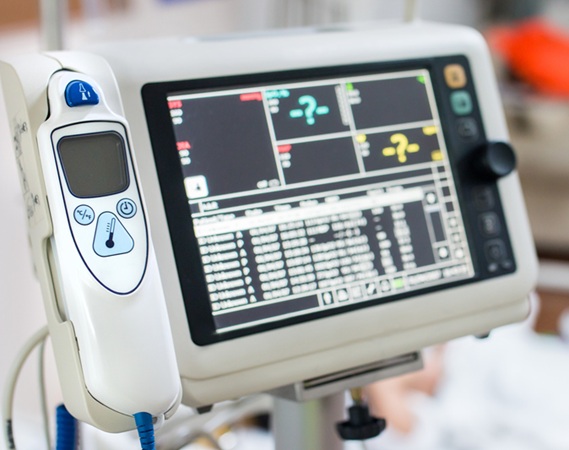New Implant Powers Healing After Spinal Cord Injury
Posted on 30 Aug 2024
Spinal cord injuries are severe and often lead to paralysis. These injuries sever the long axonal projections of neurons, which then degenerate away from the injury site. Concurrently, a lesion forms that blocks any potential regrowth of these nerve fibers, which is crucial for functional recovery. Overcoming this challenge of neuron regrowth has been a significant barrier to developing effective treatments for these life-altering injuries. Now, a breakthrough involving an electrically active implant might offer a new way to promote neuron repair after such injuries.
A research team at RCSI University of Medicine and Health Sciences (Dublin, Ireland;) has developed a 3D-printed, electroconductive scaffold that can be implanted directly at the spinal cord injury site, effectively bridging the gap created by the lesion. This scaffold, designed to replicate the spinal cord's structure, coupled with electrical stimulation, may encourage damaged neurons to regenerate their axons and reconnect, thus potentially restoring function. The application of electrical signals through the implant is intended to enhance the regrowth of these severed axons. Moreover, the implant's design includes scaffolding and channels that guide the axons, helping them regrow in the proper formation.

This innovation and its laboratory performance are detailed in the journal Materials Today. Laboratory tests showed encouraging outcomes: neurons cultured on the scaffold and subjected to a week of electrical stimulation extended long, healthy neurites. Such growth, if replicated in the human body, could be critical for repair and recovery following spinal cord injuries. The findings suggest that electrostimulation delivered through a 3D-printed, anatomically accurate, electroconductive scaffold could be a viable strategy for treating spinal cord injuries, representing a significant advancement in the field.
Related Links:
RCSI University of Medicine and Health Sciences














